During the spring, many municipalities focus on preparing their budgets, gearing up for Town Meetings, and planning for the upcoming year. During this time, it’s also important to focus on ways to improve your water system’s financial health, and a water audit is arguably the most cost-effective first step, providing an ROI in months rather than years. Conducting a water audit is an essential tool in not only ensuring the efficiency of your water infrastructure, but also in reducing unnecessary costs. The combination of technology such as Advanced Metering Infrastructure (AMI) and sound asset management practices makes now the perfect time of year to assess the state of your water system and plan for future upgrades.
Why Water Audits Matter
Spring is the perfect time for municipalities to evaluate their existing systems, including their water infrastructure. A thorough audit of your water system provides a comprehensive quantification of both consumption and losses within the distribution system and helps identify sources of lost water. Planning and budgeting for fixing these losses helps with resource management, operational performance, system integrity, and, of course, financial performance.
At Tata & Howard (T&H), we advocate for performing regular water audits. A water system audit looks at everything from the condition of water mains and service lines to the performance of the meters and billing system. When conducted alongside an asset management strategy, these audits give municipalities the information they need to make data-driven decisions about repairs and upgrades.
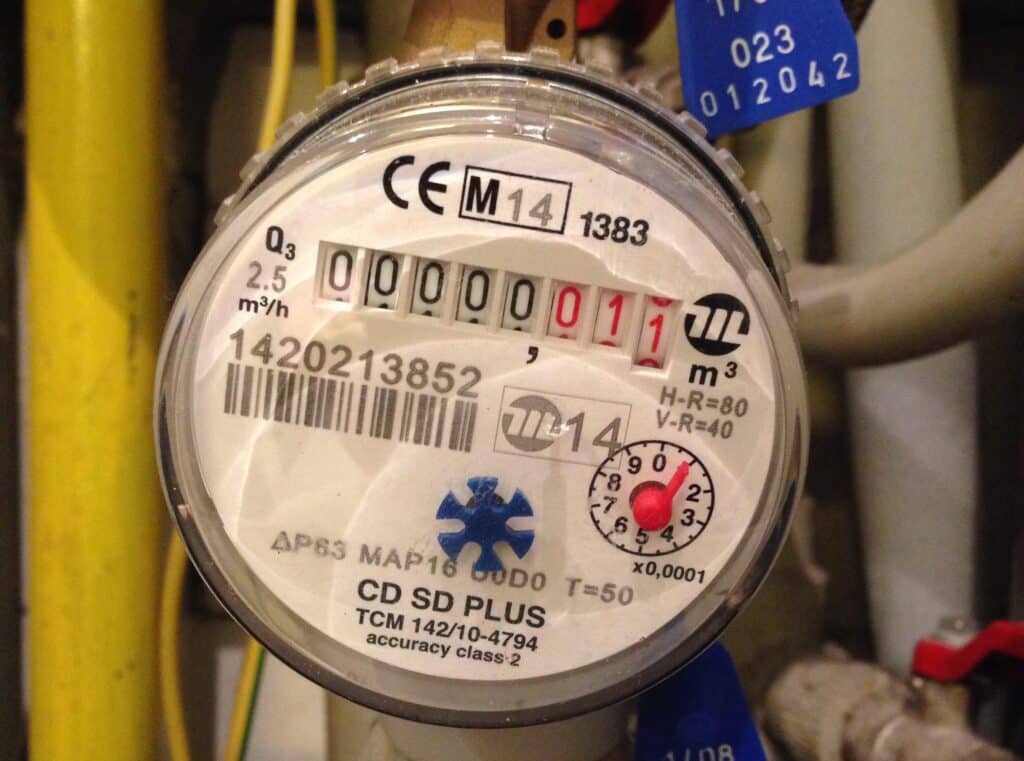 The Cost of Leaks and Inefficiencies
The Cost of Leaks and Inefficiencies
Leaks are a major problem for many municipalities and can be a significant hidden cost. According to the EPA, U.S. utilities lose an estimated 6 billion gallons of treated water every day due to leaks in the infrastructure. This means municipalities are wasting not only water but also the energy and costs associated with treating and distributing that water. A water system audit helps identify leaks early, saving money on both treatment and repair costs while ensuring that water is being used efficiently, naturally leading to conservation.
As an example, Tata & Howard, Inc. was retained by the Town of Wayland, MA to complete an AWWA M36 water audit of the water distribution system based on data and system information for a three-year period. The AWWA water audit results found that the Town’s cost of water lost during the three-year period was over a million dollars!
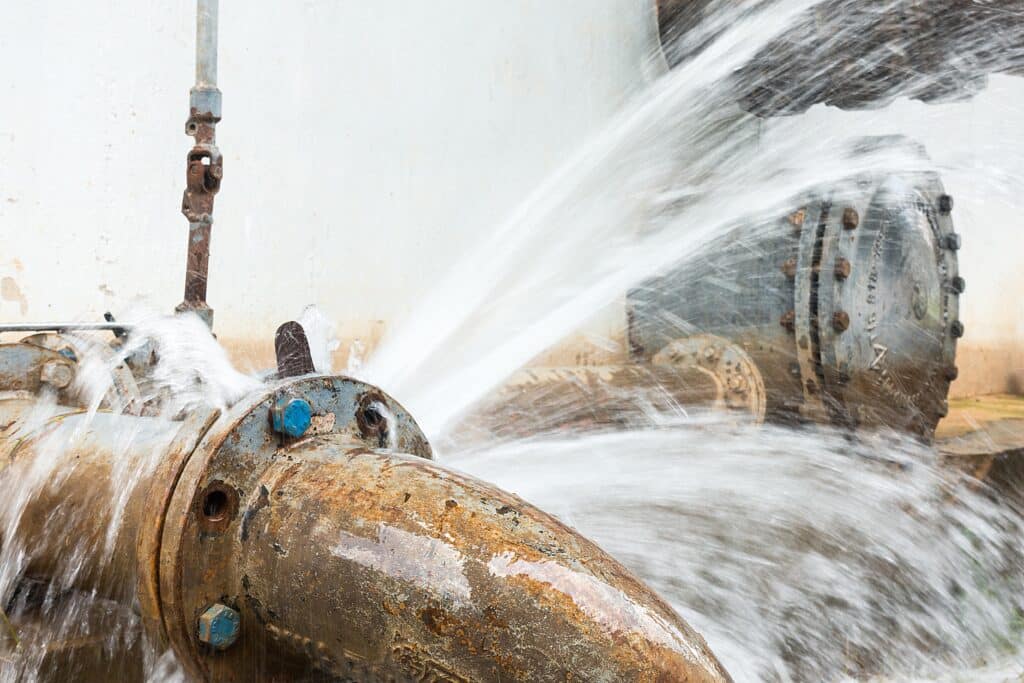
Leveraging AMI and Asset Management for Efficiency
In addition to the Town of Wayland’s water loss and associated costs, the water audit found 64% of the Town’s meters were over 15 years old and not providing accurate usage readings. To address the aging meters, Tata & Howard completed a water meter and AMI evaluation.
Modern technologies such as AMI can make water system audits more effective than ever. AMI allows municipalities to monitor water usage in real time, detecting leaks and inefficiencies before they turn into larger issues.
The Town of Wayland’s project included an evaluation of water meters, automatic meter reading (AMR) systems, and AMI systems for the Town of Wayland’s water distribution system in order to provide a recommendation for AMR/AMI technology to best suit the needs of the Town. AMI was found to be the most efficient and cost-effective solution.
Following the meter evaluation, we provided assistance with a request for proposal (RFP) for new water meters and AMI system, and we are currently assisting with the implementation of the AMI system and the installation of the water meters and RF endpoints for the Town.
Now that spring has (finally!) sprung, it is the ideal time to consider implementing AMI in your own municipality. Pairing AMI with a regular water system audit allows municipalities to proactively track their water usage, identify inefficiencies, and optimize water distribution.
 Funding Opportunities for Water System Improvements
Funding Opportunities for Water System Improvements
Spring is also a great time to explore available funding programs to support water system improvements. With funding opportunities available, municipalities can address aging infrastructure and implement modern technologies without breaking the bank. It’s important to remember that conducting a water system audit is an investment in the future, one that can unlock new pathways for funding and ensure that your municipality’s water system remains reliable and efficient for years to come.
A Strategic Approach to Long-Term Water System Sustainability
With spring officially here and the demand of summer close on its heels, municipalities should be focusing on taking stock of their infrastructure and planning for the future. Proactive water audits allow municipalities to identify leaks, address inefficiencies, and make necessary upgrades, all while leveraging available funding opportunities. By incorporating technologies like AMI and strategic asset management practices, municipalities can ensure their water systems operate at peak efficiency, preventing costly repairs and improving overall reliability.
At T&H, we’re here to help municipalities navigate the complexities of water system audits, ensuring their infrastructure remains in optimal condition for the long term.

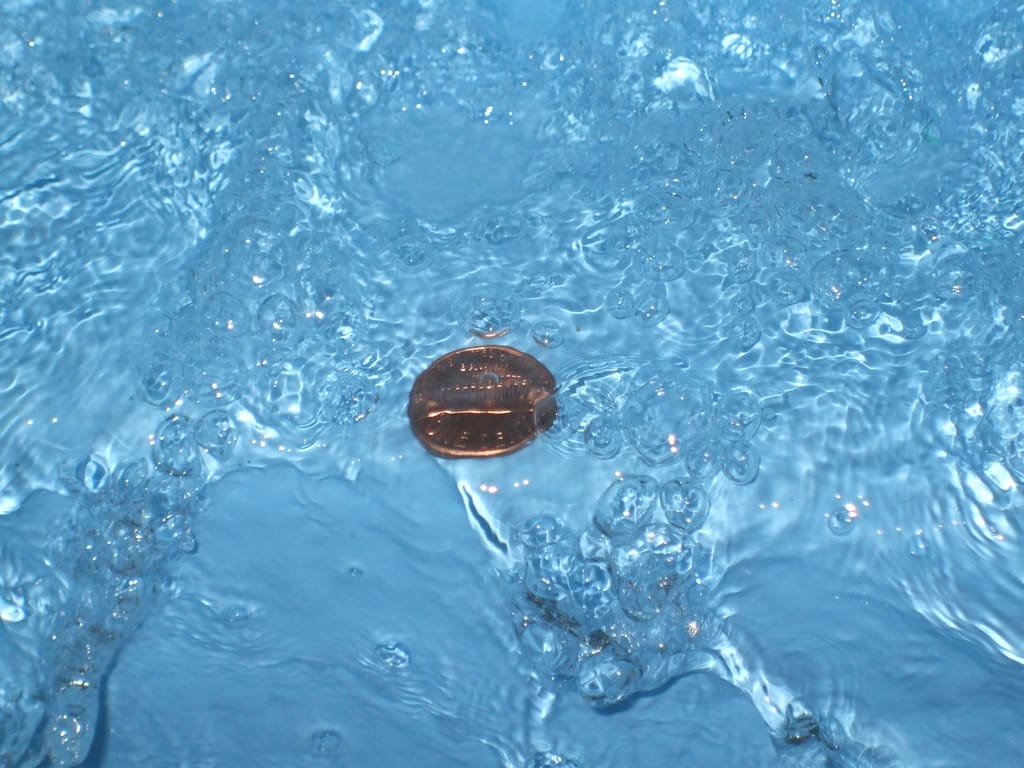 Understanding Water Audits
Understanding Water Audits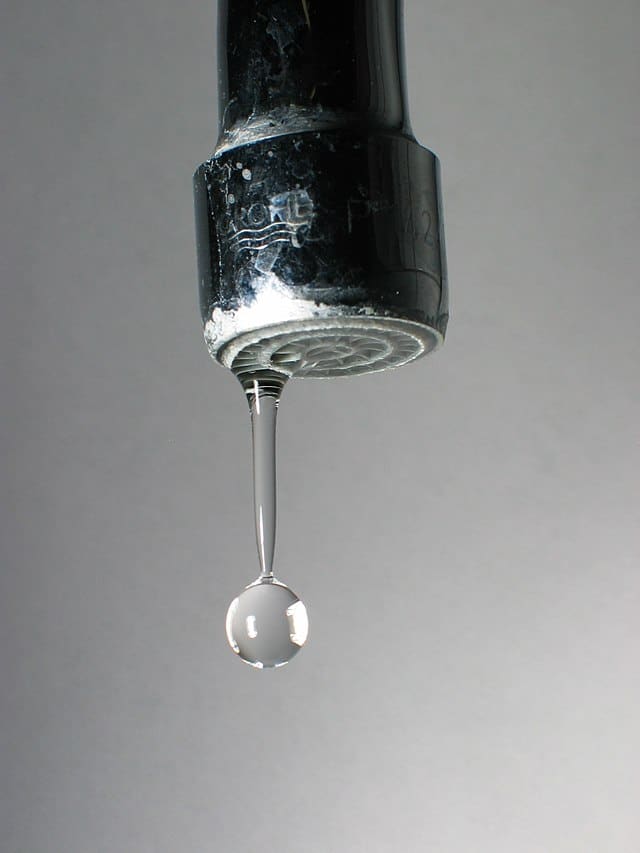 A Smart Investment
A Smart Investment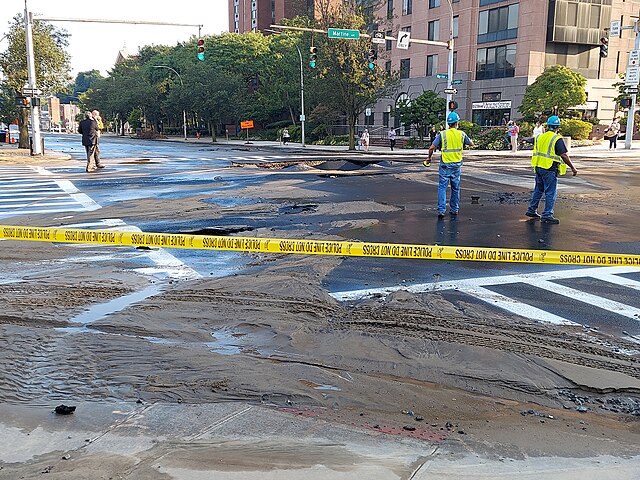 Resource Conservation
Resource Conservation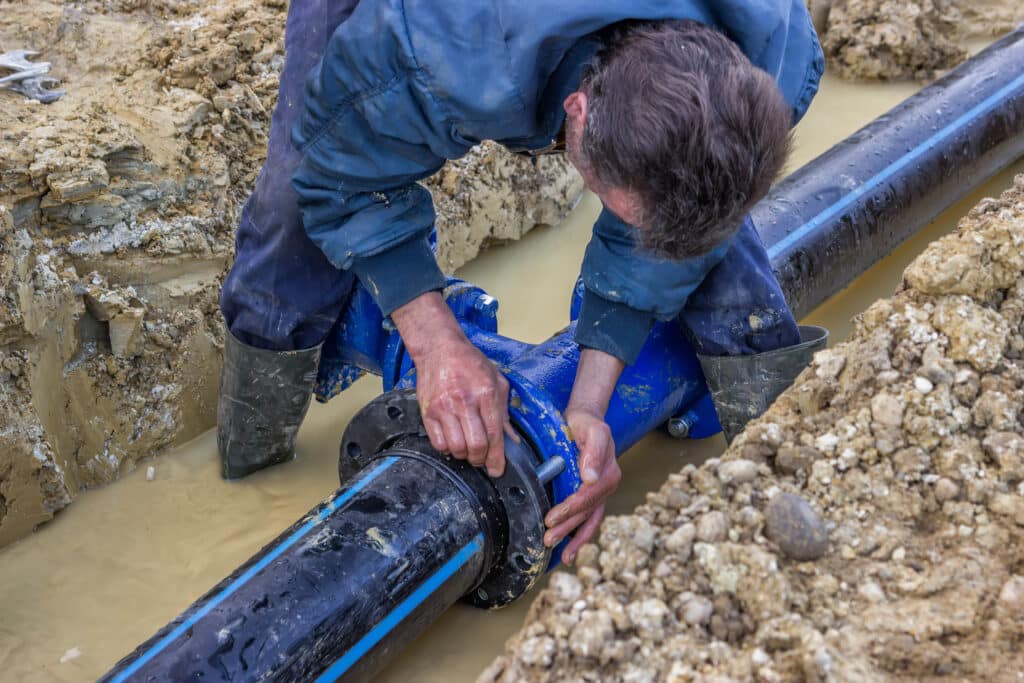


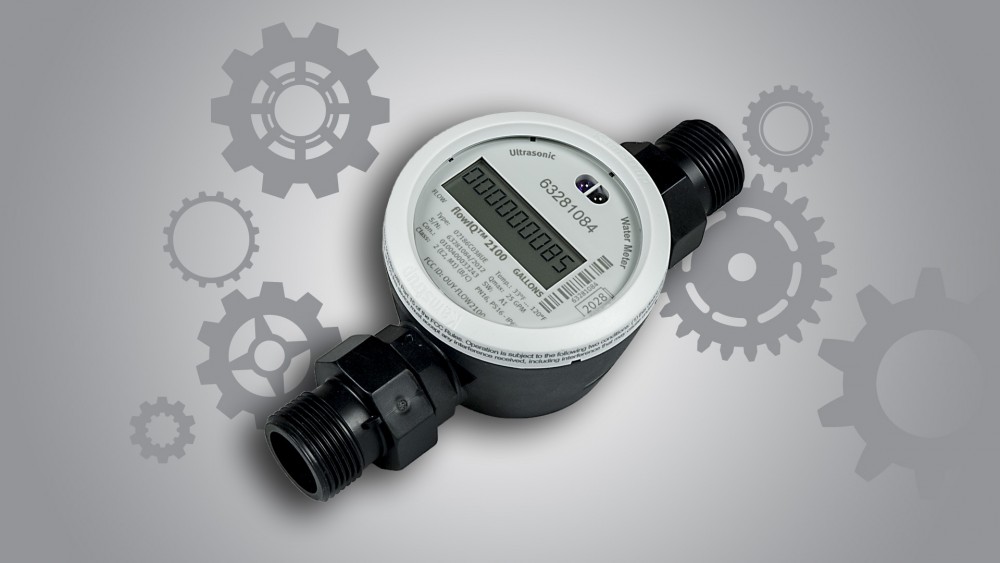 AMR and AMI: What’s the Difference?
AMR and AMI: What’s the Difference?
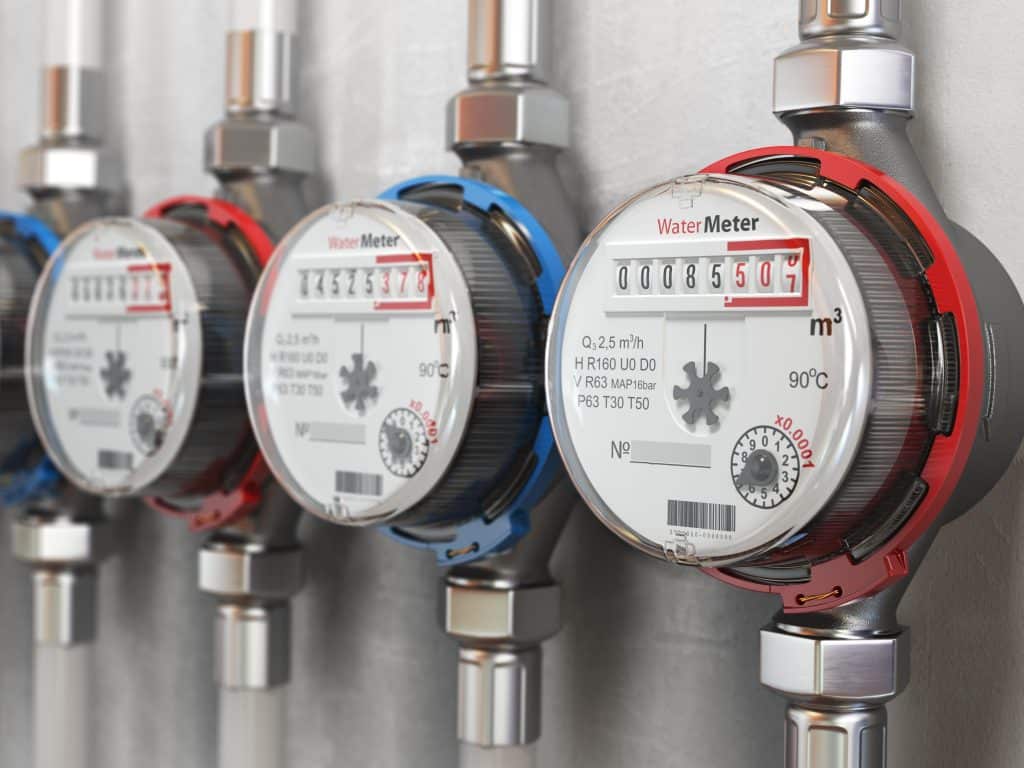
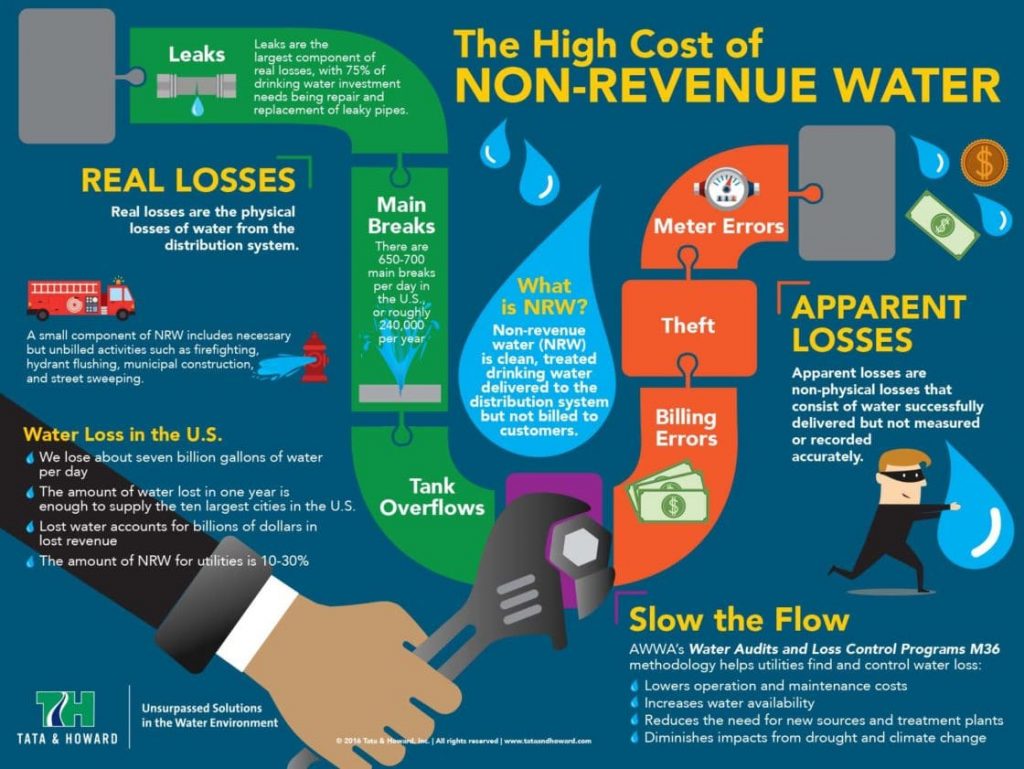

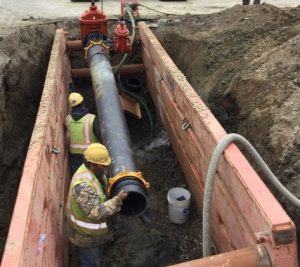 Financing for The Clean Water SRF Program helps municipalities with federal and state compliance water-quality requirements, focusing on stormwater and watershed management priorities, and green infrastructure. The Drinking Water SRF Program, provides low-interest loans to communities to improve their drinking water safety and water supply infrastructure.
Financing for The Clean Water SRF Program helps municipalities with federal and state compliance water-quality requirements, focusing on stormwater and watershed management priorities, and green infrastructure. The Drinking Water SRF Program, provides low-interest loans to communities to improve their drinking water safety and water supply infrastructure.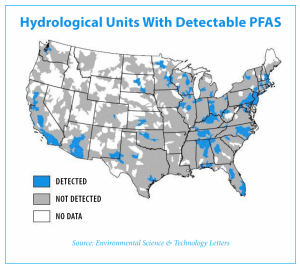 According the Environmental Protection Agency (EPA), all these UCMR 3 PFAS compounds have been detected in public water supplies across the US. Since PFAS are considered emerging contaminants, there are currently no established regulatory limits for levels in drinking water. However, in 2016, the EPA set Health Advisory levels (HA) of 0.07 micrograms per liter (µg/L) or 70 parts per trillion (ppt) for the combined concentrations of two PFAS compounds, PFOS and PFOA.
According the Environmental Protection Agency (EPA), all these UCMR 3 PFAS compounds have been detected in public water supplies across the US. Since PFAS are considered emerging contaminants, there are currently no established regulatory limits for levels in drinking water. However, in 2016, the EPA set Health Advisory levels (HA) of 0.07 micrograms per liter (µg/L) or 70 parts per trillion (ppt) for the combined concentrations of two PFAS compounds, PFOS and PFOA. The EPA also recommends that treatment be implemented for all five PFAS when one or more of these compounds are present.
The EPA also recommends that treatment be implemented for all five PFAS when one or more of these compounds are present. Most research on the effects of PFAS on human health is based on animal studies. And, although there is no conclusive evidence that PFAS cause cancer, animal studies have shown there are possible links. However, PFAS ill-health effects are associated with changes in thyroid, kidney and liver function, as well as affects to the immune system. These chemicals have also caused fetal development effects during pregnancy and low birth weights.
Most research on the effects of PFAS on human health is based on animal studies. And, although there is no conclusive evidence that PFAS cause cancer, animal studies have shown there are possible links. However, PFAS ill-health effects are associated with changes in thyroid, kidney and liver function, as well as affects to the immune system. These chemicals have also caused fetal development effects during pregnancy and low birth weights. Municipal water treatment and distribution requires an exorbitant amount of resources, wreaking havoc on the environment and on budgets. And it’s getting worse. Over the past several years, operating costs have consistently been on the rise, while municipal budgets continue to shrink. In addition, regulatory requirements are increasing, forcing municipalities to upgrade treatment processes ahead of schedule. These changes result in limited unsustainable systems and utilities scrambling to find ways to manage their insufficient operational budgets while maintaining levels of service. The good news is that low-cost initiatives exist that can provide quick and significant cost and environmental savings and increase system sustainability.
Municipal water treatment and distribution requires an exorbitant amount of resources, wreaking havoc on the environment and on budgets. And it’s getting worse. Over the past several years, operating costs have consistently been on the rise, while municipal budgets continue to shrink. In addition, regulatory requirements are increasing, forcing municipalities to upgrade treatment processes ahead of schedule. These changes result in limited unsustainable systems and utilities scrambling to find ways to manage their insufficient operational budgets while maintaining levels of service. The good news is that low-cost initiatives exist that can provide quick and significant cost and environmental savings and increase system sustainability.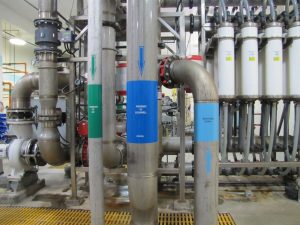

 Efficiency and sustainability are no longer considered luxuries for water systems. Rather, incorporating green initiatives into infrastructure design and operational standards has become crucial to the future sustainability of water systems. And while utilities today value cost-effectiveness over environmentalism due to the criticality of their budgets, there will likely be a shift in thinking as these systems ease the burden of their unsustainable operational costs through effective practices such as efficiency and water loss reduction.
Efficiency and sustainability are no longer considered luxuries for water systems. Rather, incorporating green initiatives into infrastructure design and operational standards has become crucial to the future sustainability of water systems. And while utilities today value cost-effectiveness over environmentalism due to the criticality of their budgets, there will likely be a shift in thinking as these systems ease the burden of their unsustainable operational costs through effective practices such as efficiency and water loss reduction. Each municipality and utility is responsible for making sure that its assets, including water, wastewater, and/or stormwater systems, stay in good working order, regardless of the age of its components or the availability of additional funds. This requirement makes properly maintaining and monitoring assets paramount. With limited resources, an asset management plan can help municipalities and utilities maximize the value of their capital as well as their operations and maintenance dollars. Asset management is a scalable approach that can be utilized by all types of systems, of any size.
Each municipality and utility is responsible for making sure that its assets, including water, wastewater, and/or stormwater systems, stay in good working order, regardless of the age of its components or the availability of additional funds. This requirement makes properly maintaining and monitoring assets paramount. With limited resources, an asset management plan can help municipalities and utilities maximize the value of their capital as well as their operations and maintenance dollars. Asset management is a scalable approach that can be utilized by all types of systems, of any size.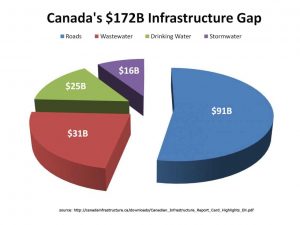 The
The  It is apparent that financial planning for municipalities and utilities must be based on sound asset condition projections from an engineering and operations perspective – not just financial assumptions. Customers are often adamantly against rate and tax increases; however, these sometimes-unavoidable increases are easier for customers to understand — and accept — when they are backed up with clear data showing exactly what system improvements are needed and why. There are many costs associated with municipality and utility operations and maintenance. One of these is the cost of asset ownership, a cost element not currently present in the audited financial statements of many municipalities and utilities. An asset management approach can aid municipalities and utilities in understanding the true costs associated with ownership and operation along with complying with government regulations.
It is apparent that financial planning for municipalities and utilities must be based on sound asset condition projections from an engineering and operations perspective – not just financial assumptions. Customers are often adamantly against rate and tax increases; however, these sometimes-unavoidable increases are easier for customers to understand — and accept — when they are backed up with clear data showing exactly what system improvements are needed and why. There are many costs associated with municipality and utility operations and maintenance. One of these is the cost of asset ownership, a cost element not currently present in the audited financial statements of many municipalities and utilities. An asset management approach can aid municipalities and utilities in understanding the true costs associated with ownership and operation along with complying with government regulations.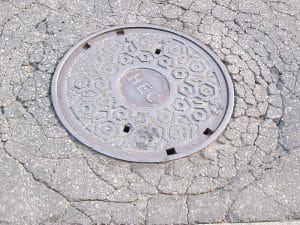 Finding and detecting failures such as leaks in the system
Finding and detecting failures such as leaks in the system